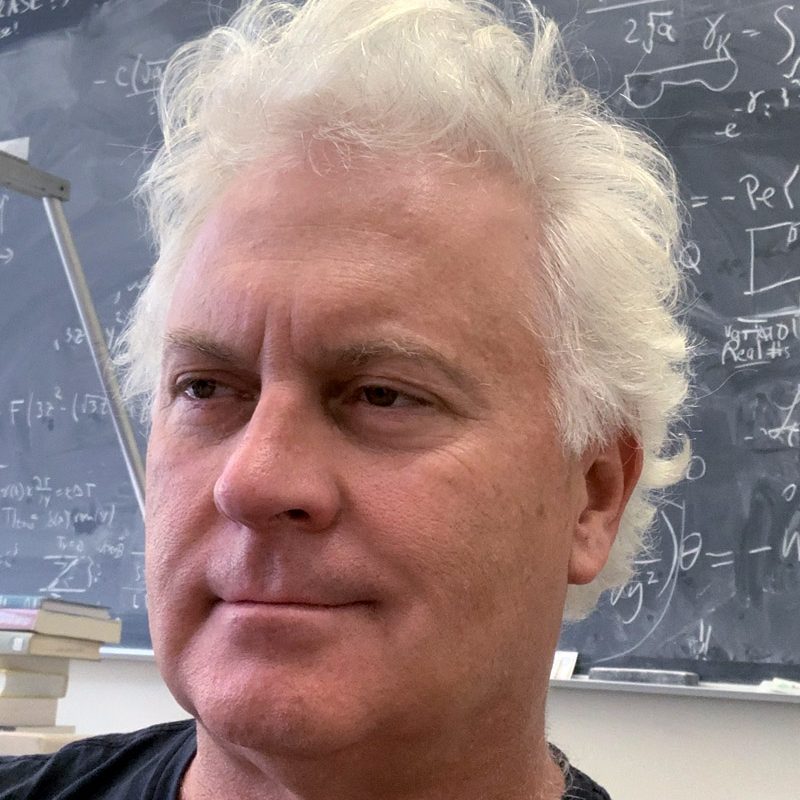McLaughlin, Richard M

Professor
Phillips Hall 320
919-962-9816
rmm@email.unc.edu
Website
Research Interests
Experimental, theoretical, and computational fluid dynamics, random phenomena, and stochastic partial differential equations
Professional Background
B.S Mathematics, the University of Arizona 1989; PhD Applied and Computational Mathematics, Princeton University, 1994; Wylie Instructor/NSF Postdoc, University of Utah, 1994-1996; Assistant Professor, University of Utah 1996-1998; Associate Professor, University of North Carolina, 1998-2004; Full Professor, UNC, 2004-present; Chair of Mathematics, 2013-2023
Research Synopsis
Representative Publications
Enhanced Diffusivity and Skewness of a Diffusing Tracer in the Presence of an Oscillating Wall
Lingyun Ding, Robert Hunt, Richard M. McLaughlin, and Hunter Woodie,
Research in the Mathematical Sciences, L. Ding et al. Res Math Sci, 2021, 8:34, 2021
Persisting Asymmetry in the Probability Distribution Function for a Random Advection–Diffusion Equation in Impermeable Channels
Roberto Camassa, Lingyun Ding, Zeliha Kilic, Richard M. McLaughlin,
Physica D, R. Camassa, L. Ding, Z. Kilic et al., Physica D 425, 2021, 132930, 2021
A First-Principle Mechanism for Particulate Aggregation and Self-Assembly in Stratified Fluids
R .Camassa, D. Harris, R. Hunt, Z. Kilic, and R. M. McLaughlin,
Nature Communications, 10, 5804, 2019
How Boundaries Shape Chemical Delivery in Microfluidics
M. Aminian, F. Bernardi, R. Camassa, R Harris, and R. M. McLaughlin,
Science, 354, 6317, 1252-1256, 2016
Squaring the Circle: Geometric Skewness and Symmetry Breaking for Passive Scalar Transport in Ducts and Pipes
M. Aminian, F. Bernardi, R. Camassa, and R. M. McLaughlin,
Physical Review Letters, 115, 154503, 2015
